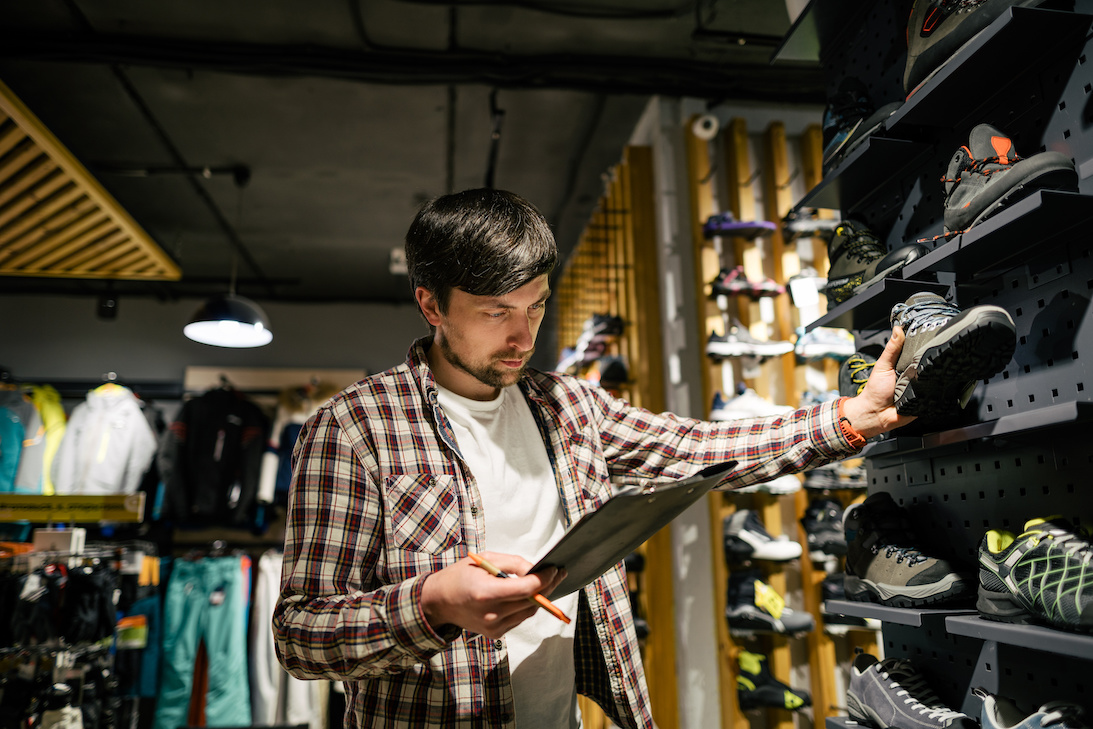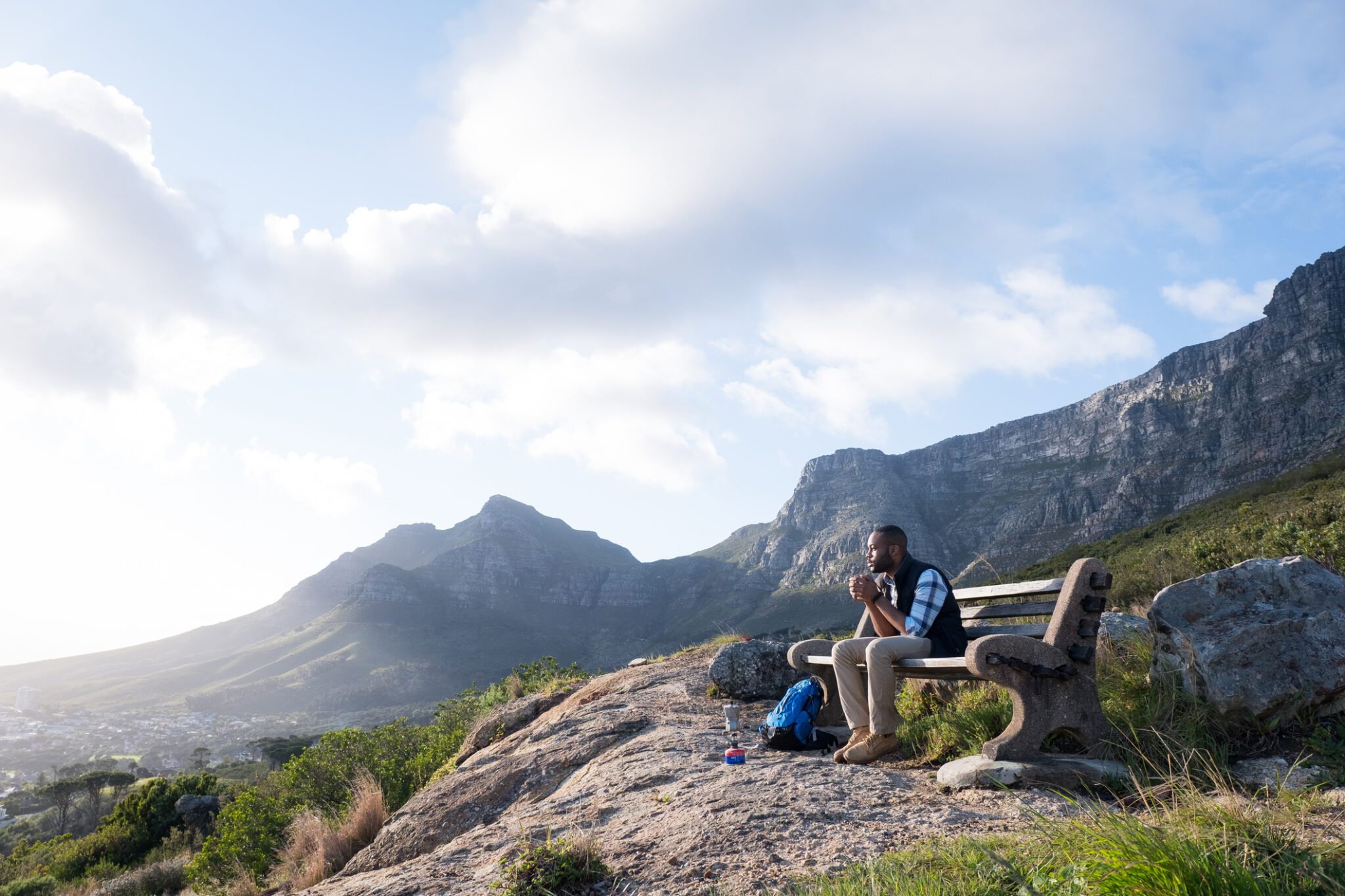By Kyle Frost
The latest Outdoor Industry Association Retail Trends Report shows a market in transition. Participation is at an all-time high, retail dollars are moving, and outdoor gear has officially crossed over into the fashion and lifestyle world. On the surface, things look alright, but when we dig a little deeper, things get far more complicated.
We’re seeing more and more casual consumers getting outside, and they’re buying differently. That shift isn’t inherently bad; more people outside is something everyone has been pushing for. But here’s the tension: despite growth in participation, fewer consumers are leveling up into committed, gear-hungry outdoorists. Casual users tend to buy less and buy on sale. And the more we condition them to expect discounts, the harder it becomes to maintain pricing power or build long-term brand equity.
Discount addiction
Sales numbers may look relatively stable, but unit sales have plateaued. The post-COVID discount cycle, with prevalent blanket promotions and endless markdowns, has trained customers to wait for the next deal.. This undermines specialty retail, devalues premium products, and creates a dangerous dependence on discounting to move inventory.
To break that cycle, brands will need more than just a better pricing strategy. They’ll need better engagement through loyalty programs that reward activity, not just spending; educational content that builds confidence; and in-store and online experiences that create an emotional connection. In a flat market, market share is won not with less expensive products, but with more reasons to care about your brand vs others.
Where the spending is
So where are people still spending? Accessories are one of the few bright spots where lifestyle trends and healthy margins still align. They’re convenient entry points and impulse buys and often satisfy the ‘multi-use’ desires of casual participants. But, they can also be trend-driven, which means that pace and ‘taste’ matter. Think fast-turn, lower-volume SKUs that are sustainable, stylish, and versatile.
Meanwhile, big-ticket technical gear is a tougher sell. Fewer consumers are dropping $1,000 on kayaks. Instead, they’re birding, backyard lounging, or wrapping up overlanding trips at a brewery. These types of big purchases are a harder sell in a market built around comfort and convenience. This doesn’t mean the hardcore segment is gone, but it might mean that the demand isn’t there right now.
And we can’t ignore running. It’s still booming, reshaping how brands and buyers approach footwear and apparel and shows no signs of slowing. If your brand doesn’t have a strategy to engage runners—either through product or positioning—you’re missing one of the biggest growth opportunities in the space.
Demographics matter as well, and the industry is still missing the mark with nearly half its audience. Women make up nearly half of outdoor participants and consistently outspend men on apparel, yet men’s categories continue to lead in overall sales. This feels like old news, but it seems like most progress in this vein has been made outside the core outdoor industry. Legacy outdoor brands continue to lag behind more athleisure-forward competitors (both in and outside the “core” outdoor space) who have been able to successfully tap into branding and marketing approaches that resonate more strongly with women outdoorists.
The elephant in the room
While not yet reflected in the data, rising import costs threaten to push prices beyond key psychological thresholds, particularly in categories where demand has been driven by casual, discretionary purchases. Tariffs may be designed to incentivize domestic production, but for many outdoor brands, that’s not realistic. OIA recently hosted a webinar on the new tariffs, and I’ve previously written about how even “Made in the USA” labels often mask a deeper global dependence: zippers from Japan, membranes from Taiwan, stitching in Vietnam, etc. While some brands assemble products domestically or run small-scale production operations, the vast majority of outdoor gear manufacturing still happens in Asia. Brands can’t simply swap in domestic factories without losing access to innovation, capacity, and speed.
When those prices inch up, consumers may hesitate to buy accessories that currently feel like impulse buys. Will the ‘drinkware’ category survive a 20-30% price increase? Running is a hot market, but shoes creeping from $170 to $200 (or more) could slow growth. And big-ticket technical gear? Even tougher to move. Depending on overall economic trends, seasonal or infrequent users may simply drop out of the funnel.
The outdoor market is deeply tied to emotionally driven spending. Customers don’t always “need” gear—they want to feel inspired by it (or look good in the newest styles). As prices inch up, the balance between that emotional and financial value could start to tip in the wrong direction. As prices increase, casual consumers who don’t carry “the outdoors” as part of their core identity will likely spend less.
The timing couldn’t be worse. Consumers have grown price-sensitive, and the industry has trained them in recent years to expect discounts. As tariffs push MSRPs higher, retailers may struggle to maintain margins without deepening discounts, which cuts against their ability to grow or even survive. It’s a Catch-22: raise prices and lose customers, or discount and destroy margin.
Can circularity move more mainstream?
This is where circularity becomes more than a sustainability talking point. It’s likely that rising prices will push more consumers toward secondhand platforms, whether that’s peer-to-peer marketplaces, local consignment, or white-label resale programs. Some brands have already invested in resale infrastructure, largely in the name of sustainability. But 2025 might be the year where circularity becomes a core part of more business strategies. Not just to meet ESG goals, but to offer consumers more price-accessible options (and sustain brand relationships and revenue) in a market where the price points of new gear feel out of reach, or at least make consumers more apprehensive.
The smartest brands will integrate resale more directly into their digital and retail ecosystems, as well as their overall brand story. Circularity isn’t just a defense against pricing pressure. It can be a way to extend the product lifecycle, capture value from second sales, and keep customers in your ecosystem longer.
Where does that leave us?
Tariffs, pricing pressure, and shifting behaviors will test every assumption. There’s no doubt that we’re entering the first months of 2025 with significant uncertainties about almost everything in the industry. But brands that stay nimble, invest in community and experience, and build for both the first purchase and long-term engagement? Those are the ones that may weather the uncertain waters ahead with the greatest stability.
Want to dive deeper into the data behind these trends? Download the 2025 Outdoor Industry Retail Trends Report Executive Summary. and join our free webinar Thursday April 17th at 1 pm MT. OIA members get access to the full report and 2024 data in the OIA Member Portal.






